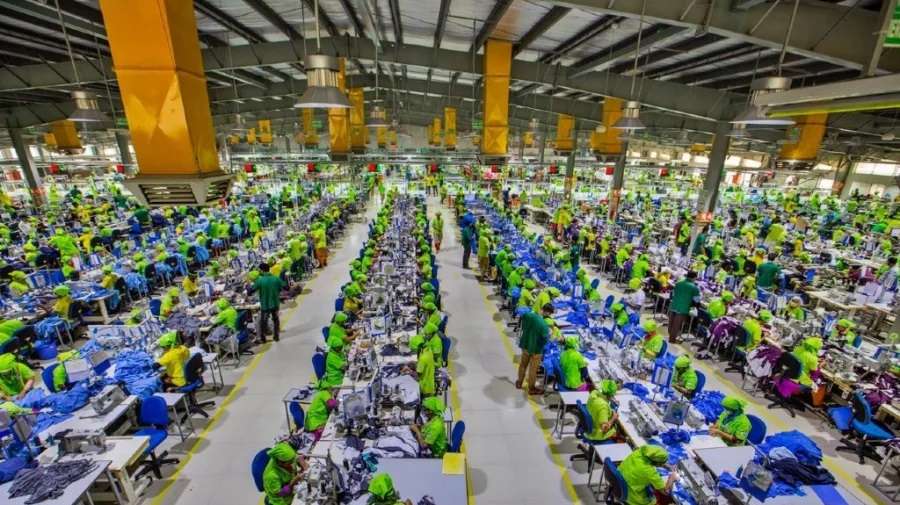Eco fibers are taking the textile world by storm, with the market projected to reach a whopping $108.6 billion by 2032, driven by rising demand from the textile industry and a growing focus on sustainability. This 7.5% annual growth is fueled by the eco-conscious shift in consumer preferences and the industry's push for resource efficiency.
Textiles lead the charge, soaking up over 40% of the market share. Organic cotton, hemp, bamboo, and recycled polyester are finding their way into clothing, bedding, and furnishings, appealing to environmentally aware consumers. But the love for eco fibers isn't limited to wardrobes; household applications are also embracing these sustainable materials.
However, challenges remain. The high price of eco fibers compared to their synthetic counterparts can be a stumbling block. But innovation is stepping in, with advancements promising to bring down costs and unlock new opportunities.
The Russia-Ukraine war casts a shadow, disrupting the supply chain, particularly for natural fibers like hemp and flax. This could lead to price fluctuations and force manufacturers to rethink sourcing strategies.
Despite these hurdles, the future looks bright for eco fibers. The regenerated segment, made from recycled materials, is expected to maintain its dominance, driven by the focus on circular economy principles. And with Asia-Pacific leading the charge, with over half the market share and a projected 7.7% annual growth, the region is poised to remain the eco-fiber powerhouse.
Overall, the eco fibers market is on a sustainable growth trajectory, driven by consumer demand, industry innovation, and a global shift towards environmental responsibility. As the market matures and costs decrease, expect to see eco fibers woven into the fabric of our everyday lives.












